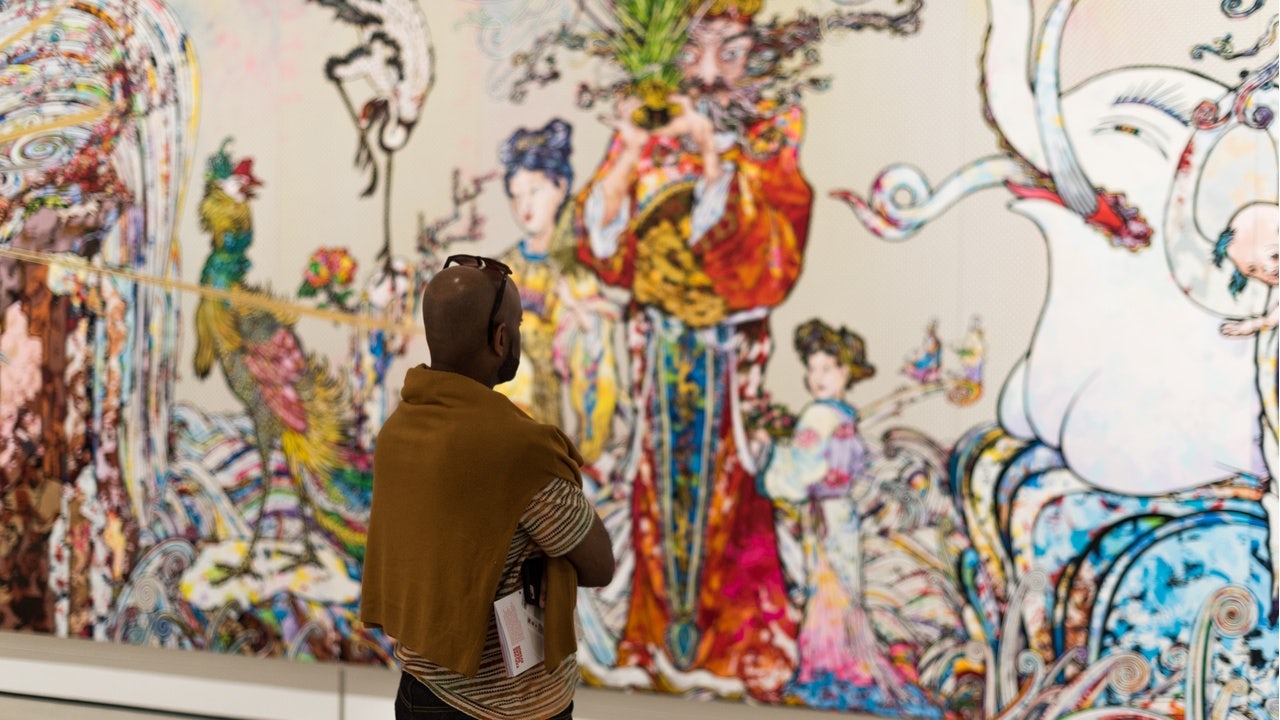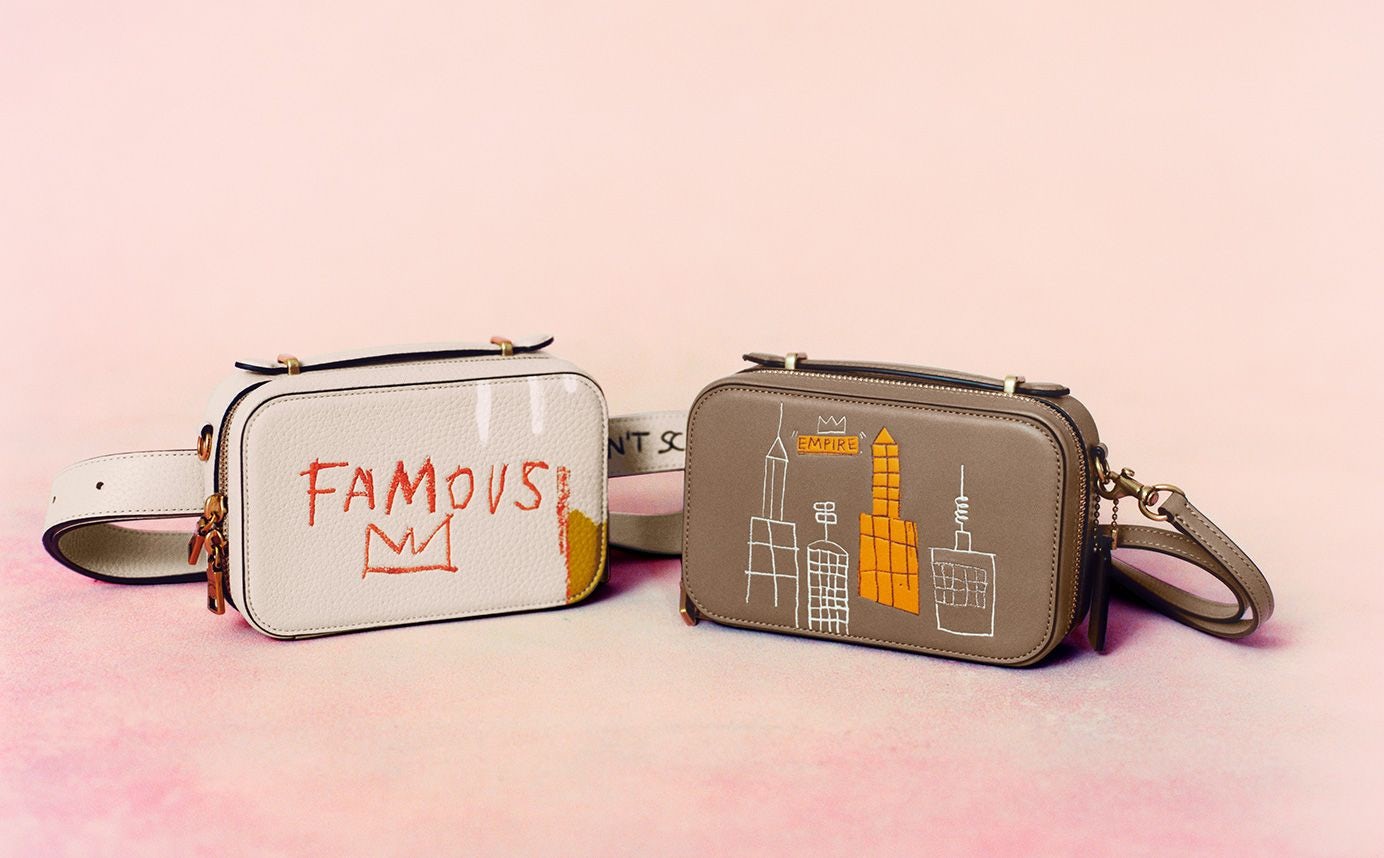Key Takeaways:#
The association of luxury brands to the art world serves the purpose of the former greatly.
The luxury world is driven by storytelling, marketing, and merchandising, while art lives through an object and can be self-sufficient.
The common ground between luxury and art can be found in products that withstand the test of time.
The difficulty in luxury is being able to give the appearance of scarcity. Sure, personalization has made substantial progress, and production runs are more limited now than ten years ago, as capsule collections and “engineered scarcity” kick in to avoid giving the impression of ubiquity.
The most effective brands manage to navigate the reality of volume and the risk of déjà vu via shrewd marketing. But nothing can replace the allure of a unique product, whether it is an exceptional experience (think "omotenashi," the Japanese art of hospitality) or an exceptional object (think contemporary art). Yet, it is difficult for luxury to replicate those types of products, given the business model relies on at least a degree of replicability.
Maybe the best the sector can do is be inspired by them? In fact, I believe luxury has a lot to learn from the world of art. And it is not a surprise that, over time, luxury brands have been some of the biggest sponsors of exhibitions and have built their own galleries and foundations, the best known being the Cartier and Louis Vuitton foundations in Paris and the Gucci and Ferragamo museums in Florence.
This week, the long-awaited Pinault Collection in Paris will open its doors to the public, following in the footsteps of its successful Venice locations. The Pinault family is the main shareholder in Kering, which owns a portfolio of luxury brands, from Gucci and Saint Laurent to Balenciaga and Bottega Veneta. The interesting thing here is that the collection resonates more with the legacy of a family rather than the brand.
Over time, collaborations with artists have also nourished the desirability of brands, and Louis Vuitton’s collaboration with contemporary artist Takashi Murakami close to twenty years ago was a defining moment for the sector. As such, many other striking partnerships have emerged since then.
Client-centric versus object-centric#
As my friend and the Christie's Asia Pacific President, Francis Belin, noted in my book Future Luxe: “Luxury has wanted to get closer to art as a means to mitigate the blunt reality that luxury items are mass-produced with industrial processes, and brands sell very few unique objects." The luxury sector remains a big machine that feeds many products into many channels. And with an acceleration of the product cycle, it can get inspiration from the unicity that art owns.
Luxury needs marketing, advertising, packaging, PR, and more. Art needs nothing. Art is all about the object, and you need to do very little around it. You can explain it, put it into context, and prove why it is important. But at the end of the day, it should be self-sufficient, and the market will decide what will stick and have value and what will disappear. I believe luxury needs art, but a work of art needs no one. Yet you could argue that if luxury can be inspired by art, the art world could also learn client-centricity from luxury brands, rather than just being focused on the object.
Ultimate aspirations#
Art is luxury at its best. It is unique, universal, cosmopolitan, timeless, and holds its value. It is a vehicle for “self-actualization,” according to Maslow’s hierarchy of needs. It is typically not functional. But, as such, it is indispensable if you have money and time to spare. And it is a store of value. Merely looking after it for the next generation is what Patek Philippe and art have in common. Not all luxury goods can pretend to tick that box. But in a “buy less buy better” environment, it is also why the most iconic brands and their most iconic ranges continue to do so well as the world slouches towards a post-COVID era.
Erwan Rambourg has been a top-ranked analyst covering the luxury and sporting goods sectors. After eight years as a Marketing Manager in the luxury industry, notably for LVMH and Richemont, he is now a Managing Director and Global Head of Consumer & Retail equity research. He is also the author of Future Luxe: What’s Ahead for the Business of Luxury (2020) and The Bling Dynasty: Why the Reign of Chinese Luxury Shoppers Has Only Just Begun (2014).

